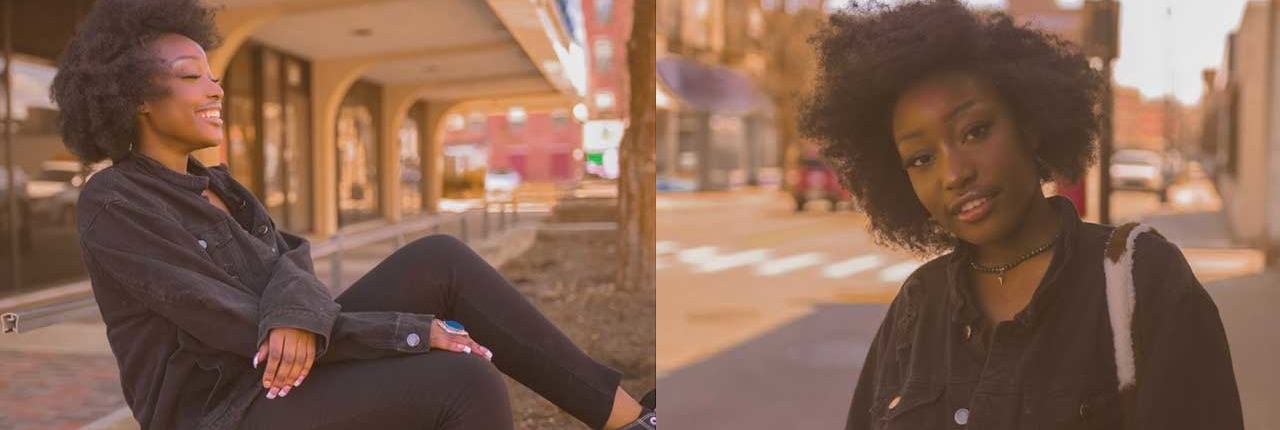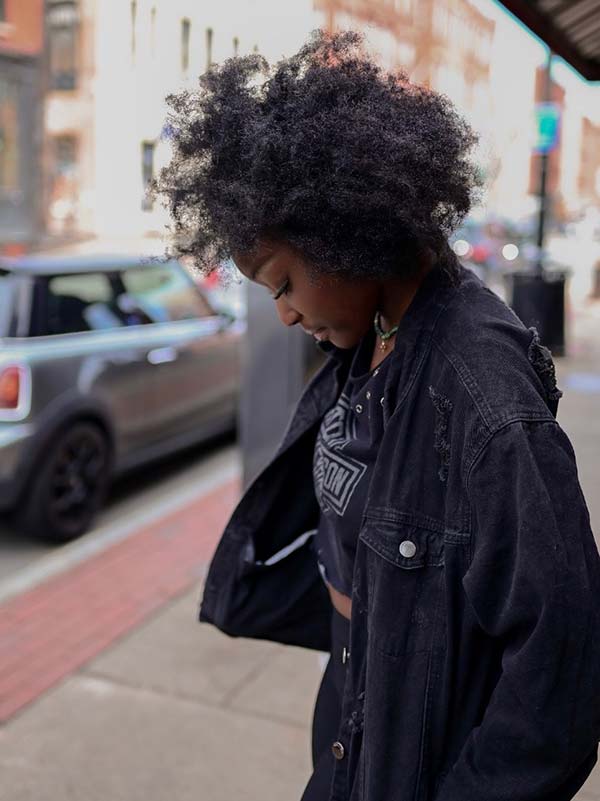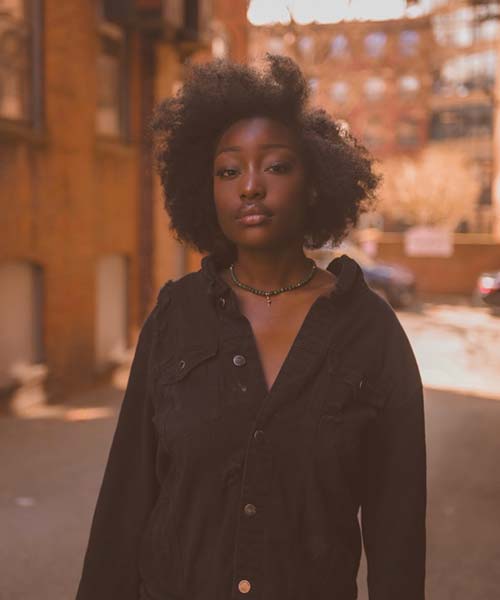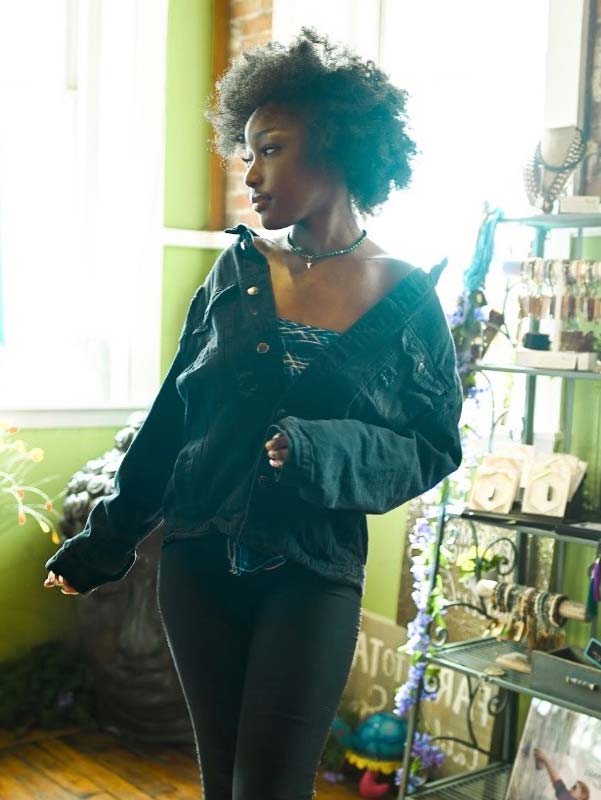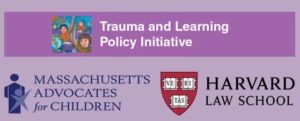Alexis
My name is Alexis Namulinda. I am a sophomore at Haverhill High School. I want to talk about: Communication between students and adults in school.
Students must be listened to with genuine ears. Without this, we may feel safe but we cannot feel supported. Establishing an effective and efficient line of communication between students and adults, requires genuine listening and understanding. And it also requires genuine action. I know my teachers are well intentioned when listening to my concerns, but when they don’t understand or know my experiences, student voice – my voice – becomes endangered. The effects of this failure to genuinely understand students falls particularly hard onto marginalized students–Black, Indigenous, and people of color (or BIPOC) and LGBTQ students—at my school.
“SAFE” does not mean the same thing to the adults in our building that it does to our students. Teachers and administration must understand our needs as students and as people in order to help us feel safe and supported. We need more accessible mental health support – especially in the return from a highly stressful global pandemic. In student council, we reviewed evidence showing that mental health resources (improve school environment). But instead of investing in mental health supports, my school invested in additional security guards. In student council, I noted that there is no evidence to support that adding security guards enhances school safety. The reality is: En route to class, My friends and I have been repeatedly followed by security guards for no valid reason. How can I feel safe or supported in an environment where I am not listened to when I share that I feel criminalized because of the color of my skin?
At MY school, the growing pressure that BIPOC students face has exploded like a volcano – ultimately resulting in a protest this February. BIPOC students need a space to be listened to, so that we can feel valued as people in the school community. When we bring up BIPOC events and issues in student council and they’re , this exacerbates the feeling that BIPOC students as a community are not valued. Because of the dissatisfaction with administration and the lack of genuine listening and understanding, the weight of solving community problems has fallen onto BIPOC students. But it shouldn’t just be on us. We need support from all corners of our school – especially administration.
If we, students, were to ask the school to build a bridge, they only build half of the bridge. Then, it becomes easy to say, “we built you a bridge, it is functional, and so we don’t need to have further conversations about this topic.” But no one–neither students, nor teachers–-can go over half of a bridge.
Funding Safe and Supportive Schools is investing in student voice. At Haverhill High, it will fund the Student Voice Advocacy project (SVA) – which facilitates student forums and provides a platform for students to share their perspectives on issues in our community. With additional funding, we can significantly expand SVA’s capacity to amplify student voice at our school. This—student voice—is the heart of Safe and Supportive Schools. When discussions happen amongst administrators about how to address these problems, students MUST be involved. This is not just asking one student to be in the room when the conversations happen. I am often this student. It’s not fair for me to bear this weight, and it’s not fair for my peers to be excluded. We need to involve the whole student community. We need a whole bridge.
“How can I feel safe or supported in an environment where I am not listened to when I share that I feel criminalized because of the color of my skin? ”
—Alexis
“Students must be listened to with genuine ears. Without this, we may feel safe but we cannot feel supported. Establishing an effective and efficient line of communication between students and adults, requires genuine listening and understanding. And it also requires genuine action.”
—Alexis
“SAFE” does not mean the same thing to the adults in our building that it does to our students.”
—Alexis

